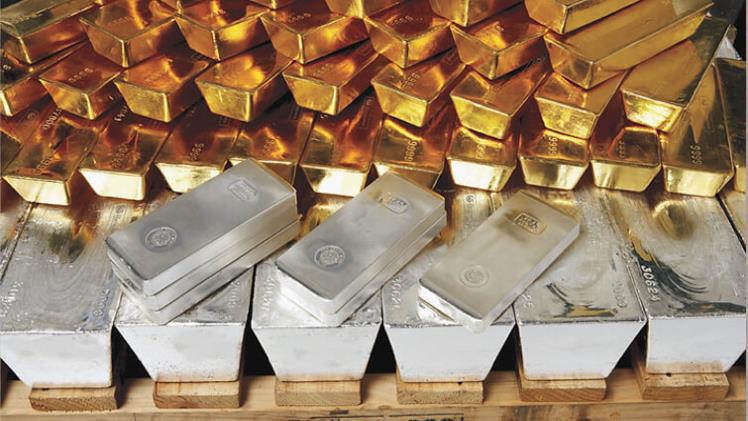In the intricate world of precious metals, the duo of silver bullion and gold often takes center stage, each with its unique allure and investment dynamics. Deciphering the distinct paths of silver bullion and gold is crucial for investors seeking to navigate the precious metals landscape with precision. In this exploration, we delve into the comparative aspects of silver bullion and gold, examining factors such as historical significance, industrial relevance, investment appeal, and the role they play in diversified portfolios.
Historical Significance:
Both silver and gold have woven themselves into the fabric of human history, serving as mediums of exchange, symbols of wealth, and integral components of monetary systems. Gold, with its enduring appeal and historical association with royalty and wealth, has often been viewed as a store of value. Silver, while sharing a similar historical journey, has had a more prevalent role in everyday transactions due to its lower value per ounce. Investors with a penchant for history often find the historical significance of these metals a compelling aspect of their allure.
Industrial Relevance:
Silver’s industrial versatility sets it apart from gold. While gold is primarily valued for its rarity and role as a store of wealth, silver’s exceptional conductivity, reflectivity, and antimicrobial properties make it indispensable in various industrial applications. From electronics and solar panels to medical devices and water purification systems, silver’s industrial demand adds a dynamic element to its investment profile. Gold, on the other hand, lacks the same level of industrial relevance, positioning it as a more straightforward precious metal investment.
Investment Appeal:
The investment appeal of silver bullion and gold stems from their distinct characteristics. Silver, often considered the “poor man’s gold,” offers a lower entry point for investors due to its lower price per ounce. This affordability makes silver more accessible to a broader range of investors, including those starting their precious metals journey. Gold, with its higher price, tends to attract investors seeking a traditional and stable store of value. The choice between silver and gold often hinges on individual investment goals, risk tolerance, and budget considerations.
Market Sensitivity and Volatility:
Silver is known for its higher volatility compared to gold. The silver market is more sensitive to economic conditions, industrial demand, and global trends, leading to more significant price fluctuations. This sensitivity can present both challenges and opportunities for investors. Gold, with its reputation for stability, tends to experience less volatility, making it a preferred choice for those seeking a more conservative investment approach. Investors need to consider their risk tolerance and investment strategy when deciding between the two metals.
Diversification Benefits:
Both silver bullion and gold offer diversification benefits to investment portfolios. Including these precious metals can help mitigate risks associated with market volatility and economic uncertainties. The combination of gold’s stability and silver’s dynamic market behavior can provide a diversified approach to precious metal investments. Investors often use these metals as a hedge against inflation and a way to preserve wealth over the long term.
Global Trends and Economic Conditions:
Global trends and economic conditions play a crucial role in determining the performance of silver and gold. Economic uncertainties, geopolitical events, and shifts in monetary policies can impact the demand for these precious metals. Silver’s dual role as an industrial metal makes it more responsive to economic conditions, while gold’s historical role as a safe-haven asset tends to shine during times of crisis. Staying informed about global trends is essential for investors navigating the silver and gold markets.
In conclusion, deciphering the distinct investment paths of silver bullion and gold involves a nuanced understanding of their historical significance, industrial applications, investment appeal, and market behavior. Whether one is drawn to the affordability and versatility of silver or the stability and timeless allure of gold, both metals offer valuable opportunities for investors seeking to diversify their portfolios and navigate the ever-changing landscape of precious metals. As investors weigh the pros and cons of each metal, they find themselves on a fascinating journey through the complexities and nuances of the precious metals market.

